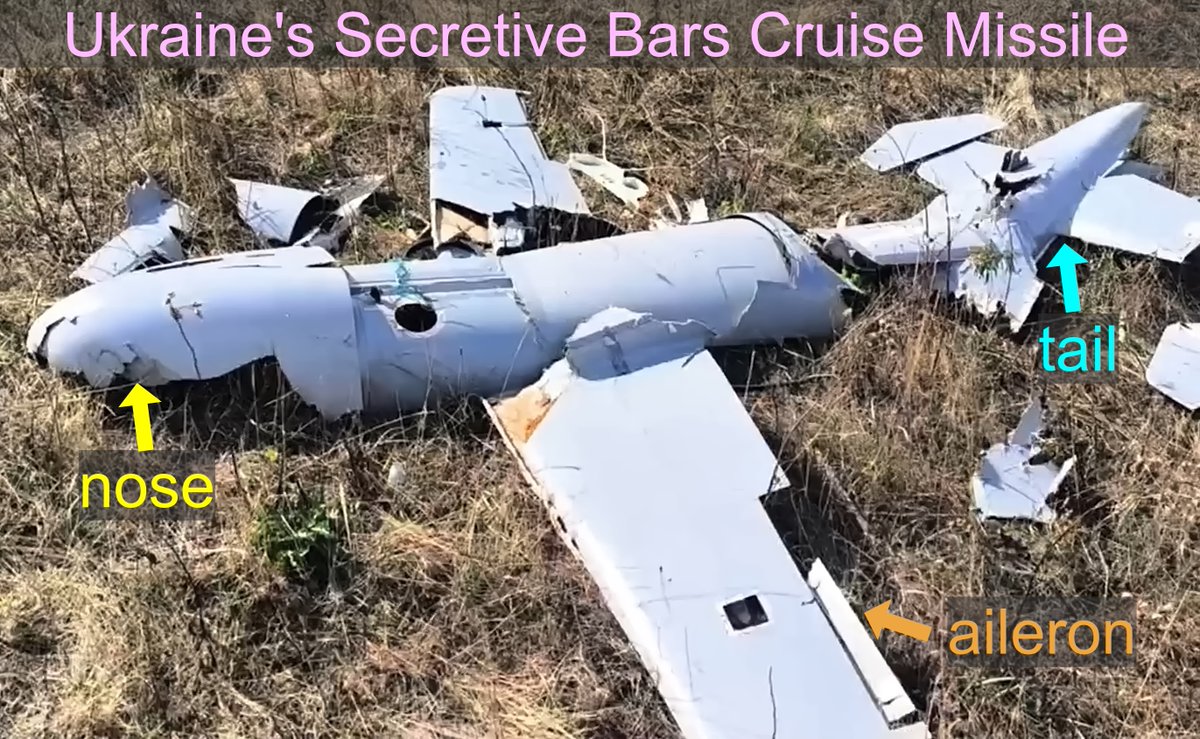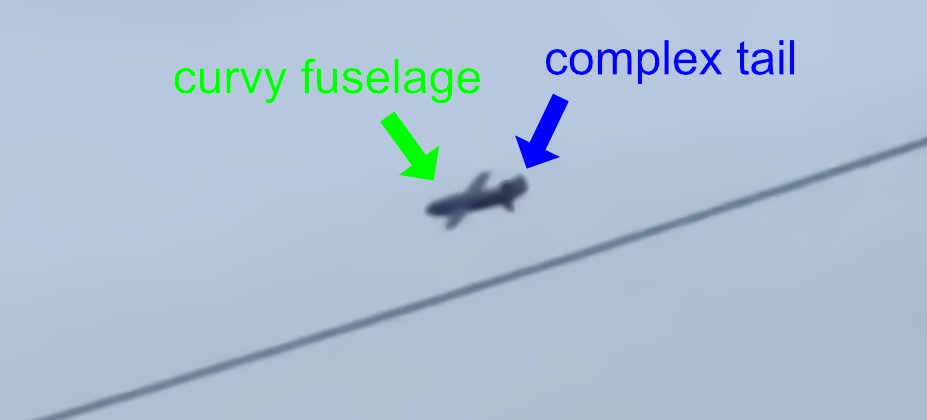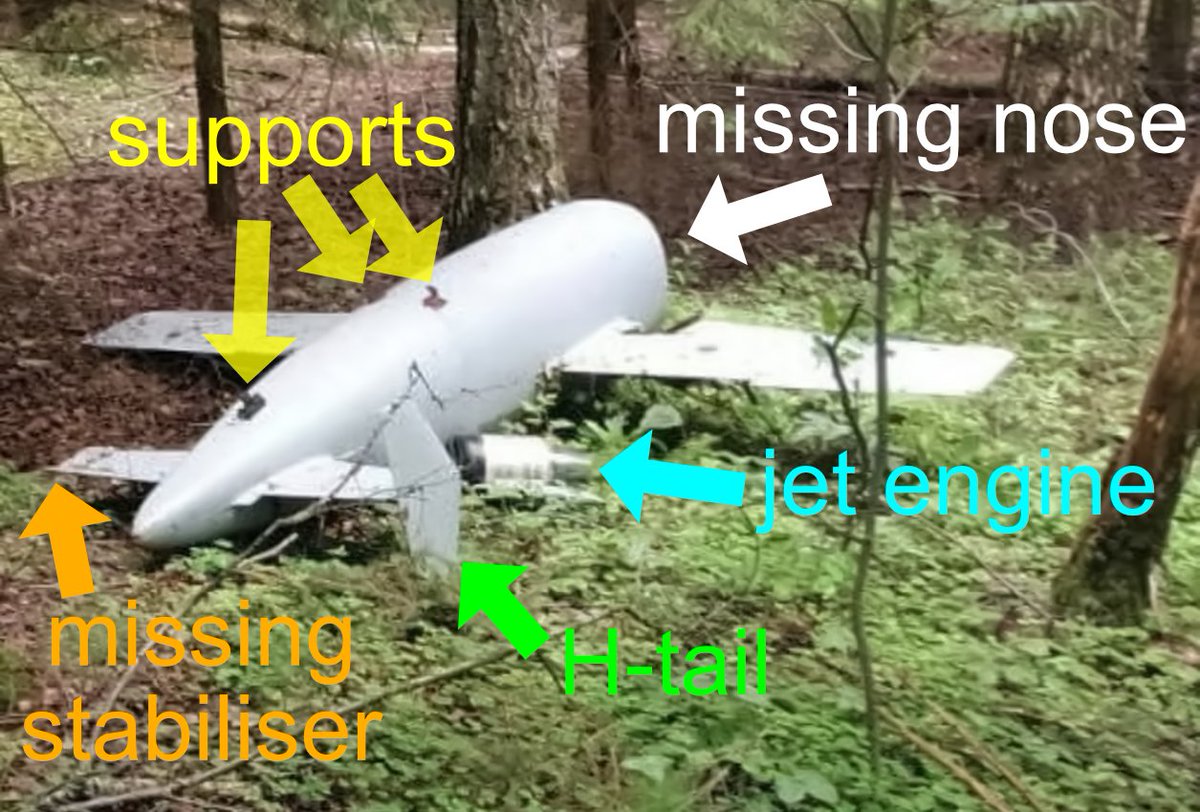1. Oops! Russians shot down a Ukrainian [sic] #drone and provided nice photos - but it is a Russian Ghoul repeater drone. I had planned to discuss a Ghoul drone previously: the Russian report makes this post much more detailed.
t.me/Army_Russia/40…
t.me/Army_Russia/40…

2. The Ghoul repeater has two large antennas to receive & retransmit signals. It also has its own FPV camera and a GPS & compass module made by iFlight (M8Q-5883 V2.0). This is a fairly large drone and the outboard antennas may make it difficult to fly.
t.me/UAVDEV/4067

t.me/UAVDEV/4067

3. As a reminder, repeater drones are used to extend the useful range of small FPV drones. They do this by repeating (relaying) the control signals from the pilot to the FPV drone, and vice versa for video. Note that this arrangement requires two pilots. 

4. The first thing to observe is that various parts of the drone are 3D printed. This includes the main body of the drone, the enclosures for the two antennas, clips and a cover for the camera. 
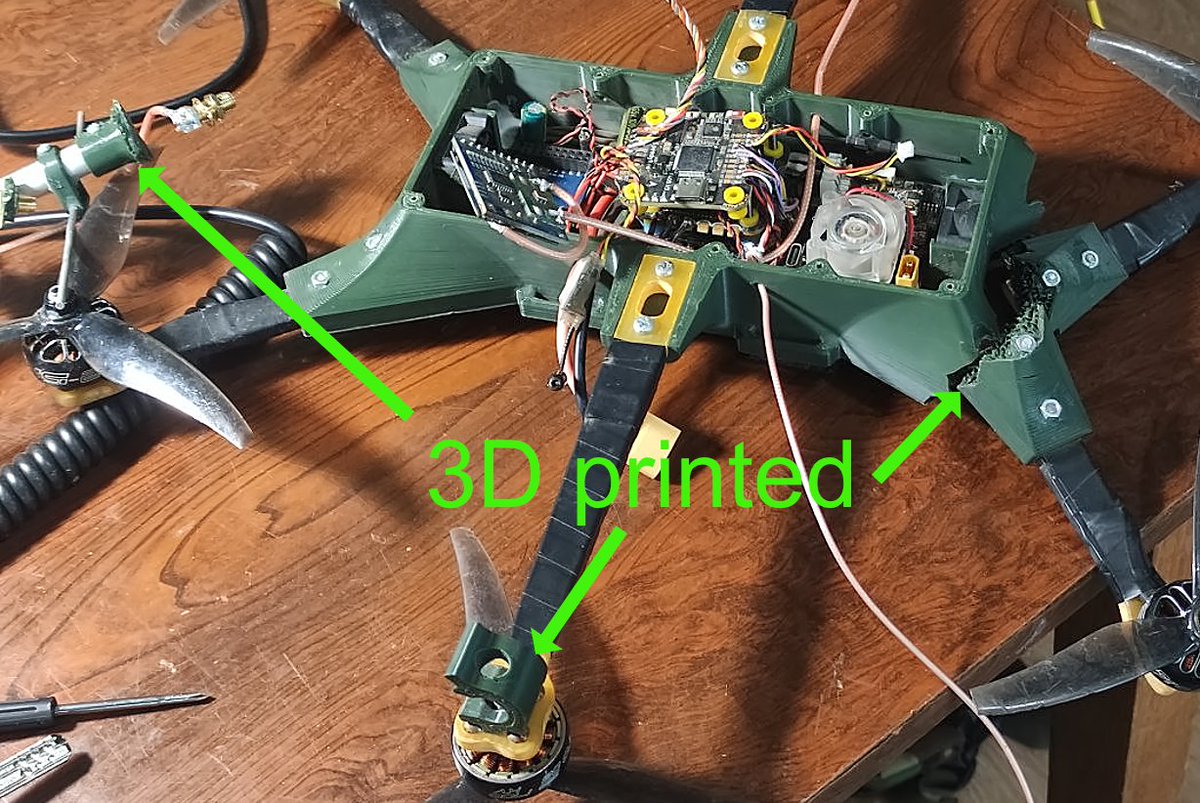
5. There is a lot going on inside this drone. The drone’s flight controller (brain) is a SpeedyBee model F405 V3. There is a small ExpressLRS radio tucked inside. A very small video transmitter indicates this drone cannot fly far from the pilot. 

6. For the repeater, the video receiver is a 9 channel Matek System (VRX-1G3-V2, 1080 to 1360 MHz). The ELRS transmitter is a BetaFPV (Micro Tx 1000 mW). Not visible are the ELRS receiver or outboard antennas. An unknown board is above the ELRS transmitter. 

7. Importantly, the video receiver has been modified by adding a SAW filter made by Tai-Saw Technology (model TA1090EC). This filter costs $2 and blocks radio frequencies outside 1.075 to 1.095 GHz. The idea is to protect against electronic counter measures. 
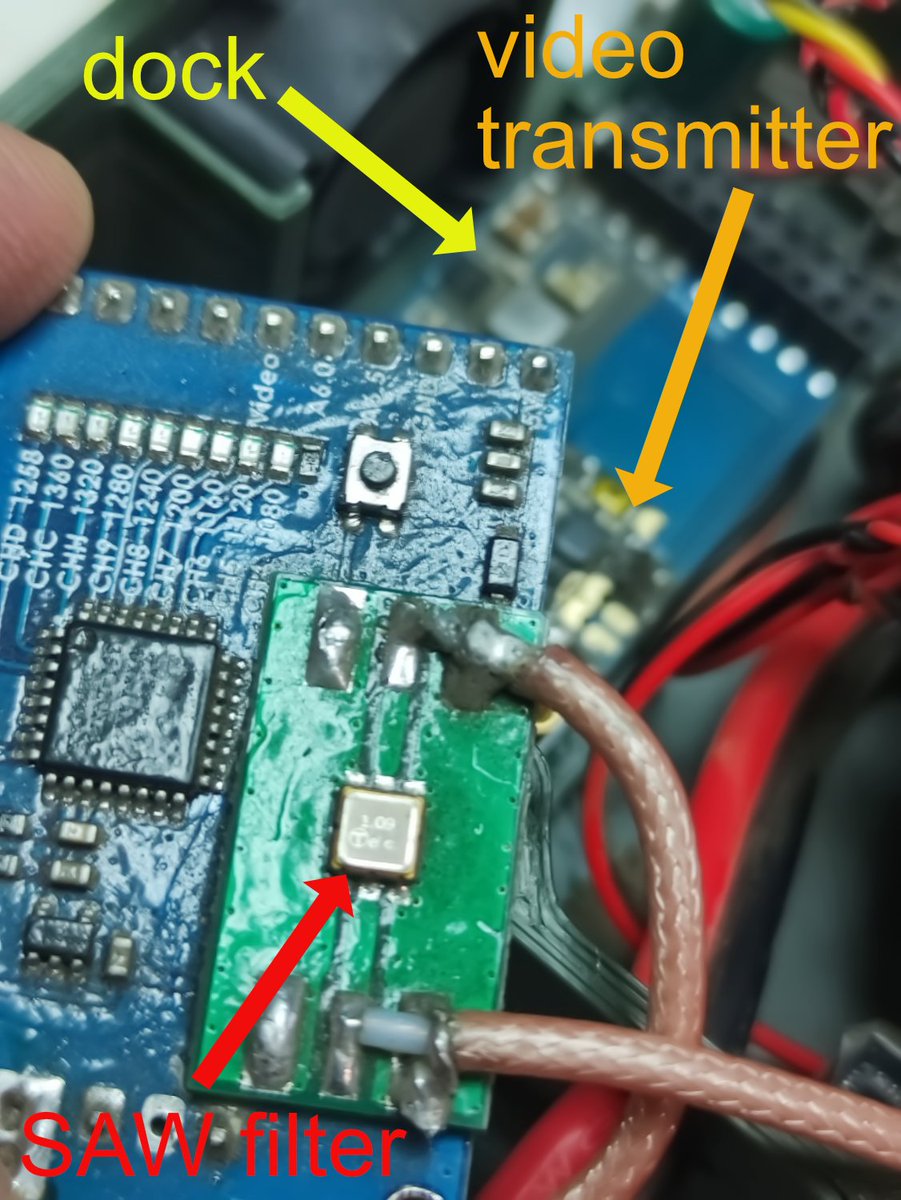
8. Russians report the filter, “helps against electronic warfare, because the electronic warfare now needs to accurately guess the frequency of the receiver in order to jam it. Jamming the entire range no longer makes sense.”
t.me/UAVDEV/4061
t.me/UAVDEV/4061
9. Note this filter reduces the number of useful video channels to one. Russians also use SAW filters in their “magic” Hermes anti-interference communication kit. Consequently, electronic warfare will likely adapt by becoming more sophisticated.
10. The Ghoul repeater is interesting (but it took a lot of time for me to sort out). If you enjoyed this thread please consider reposting as quote: your comments are appreciated. Also, please read my previous posts (listed under the “Highlights” tab).
• • •
Missing some Tweet in this thread? You can try to
force a refresh


